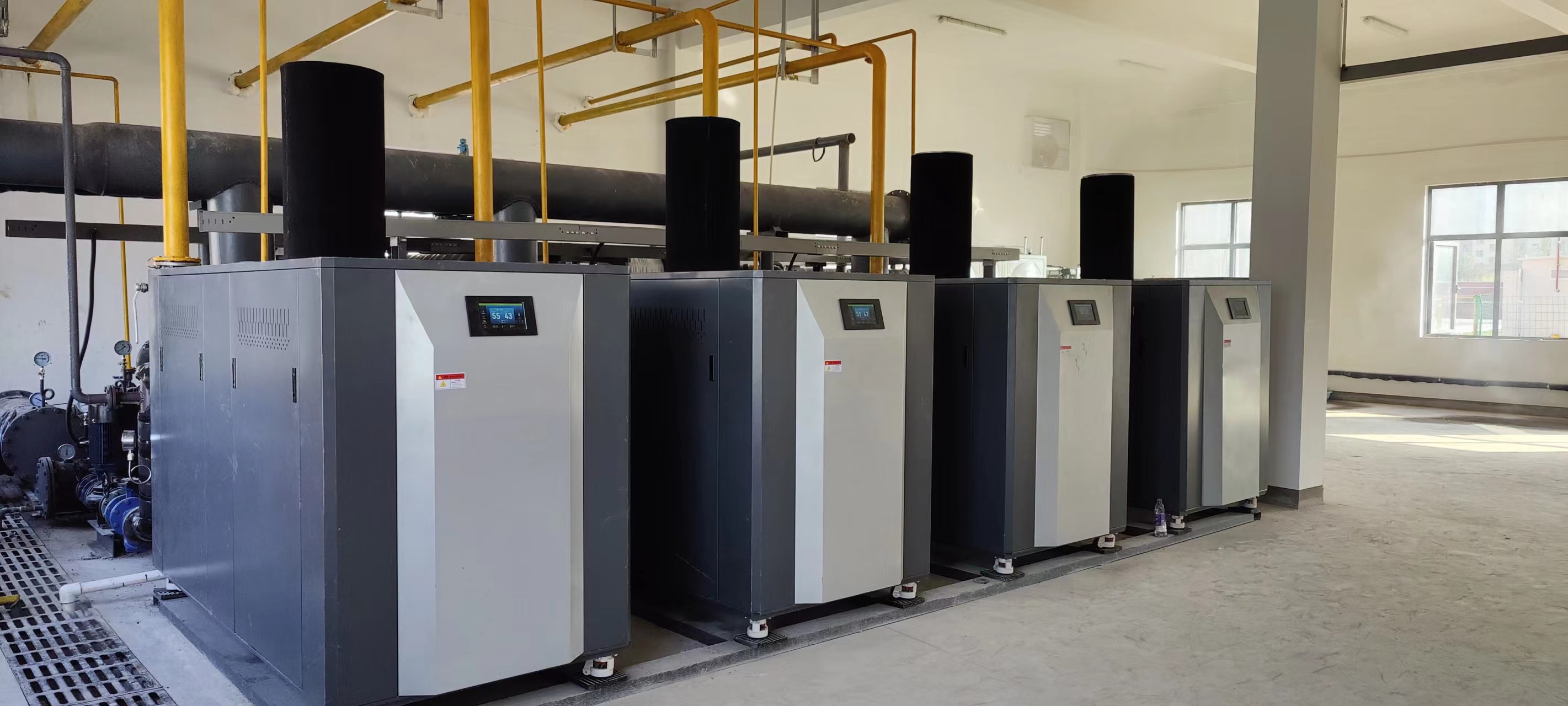Th9 . 02, 2024 17:49 Back to list
Water to Refrigerant Heat Exchanger - Efficient Thermal Management Solutions
Water-to-Refrigerant Heat Exchanger An Overview
A water-to-refrigerant heat exchanger is an essential component in various heating, ventilation, and air conditioning (HVAC) systems
. This device facilitates the efficient transfer of heat between water and refrigerant, playing a crucial role in maintaining comfortable indoor temperatures while optimizing energy usage.At its core, the heat exchanger operates on the principle of thermal conduction, allowing heat to move from one fluid to another without mixing them. In a typical configuration, water, usually circulating from a cooling tower or chiller, absorbs heat from the refrigerant circulating within the system. This process is vital for both heating and cooling applications.
One of the primary configurations for water-to-refrigerant heat exchangers is the shell-and-tube design. In this arrangement, tubes carrying refrigerant are surrounded by a shell filled with water. This design promotes efficient heat transfer due to the large surface area available for heat exchange and the ability to accommodate high flow rates. Another common configuration is the plate heat exchanger, which consists of thin plates stacked together to create channels for both liquids. This design offers a compact, efficient solution with a very high heat transfer coefficient.
water to refrigerant heat exchanger

Efficiency is a key performance metric for heat exchangers. The effectiveness of a water-to-refrigerant heat exchanger is influenced by various factors, including the temperature differential between the water and refrigerant, flow rates, and the specific design of the heat exchanger itself. An optimal temperature differential promotes higher efficiency, leading to better energy conservation and reduced operational costs.
In recent years, technological advancements have focused on enhancing the performance of water-to-refrigerant heat exchangers. Innovations such as improved materials, advanced manufacturing techniques, and the incorporation of microchannel technology have led to smaller, lighter, and more efficient heat exchangers. These developments not only contribute to better energy performance but also help mitigate the environmental impact of HVAC systems by reducing refrigerant consumption and emissions.
The applications of water-to-refrigerant heat exchangers are extensive. They are widely used in commercial and industrial cooling systems, including chillers, heat pumps, and air conditioning units. Additionally, they play a significant role in renewable energy systems, such as geothermal heat pumps, where heat exchangers transfer heat between the ground and refrigerant systems.
In conclusion, water-to-refrigerant heat exchangers are indispensable for modern HVAC systems. Their ability to efficiently transfer heat ensures optimal temperature control, energy savings, and minimal environmental impact. As technology continues to evolve, these heat exchangers will likely become even more efficient and integral to sustainable heating and cooling solutions. The ongoing research into alternative refrigerants and sustainable designs will further shape the future landscape of water-to-refrigerant heat exchangers, paving the way for greener and more energy-efficient HVAC systems.
-
Centrifugally Cast Iron Water Main Pipe for Reliable Mains
NewsAug.22,2025
-
Durable Centrifugally Cast Iron Water Main Pipe
NewsAug.11,2025
-
Centrifugally Cast Iron Water Main Pipes for Reliability
NewsAug.10,2025
-
High-Quality Centrifugally Cast Iron Water Main Pipes
NewsAug.09,2025
-
Durable Cast Iron Water Main Pipe & Drainage Solutions
NewsAug.08,2025
-
Buy Cast Iron Pipe: Premium Ductile Iron & Drain Solutions
NewsAug.07,2025


